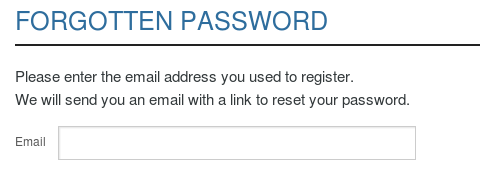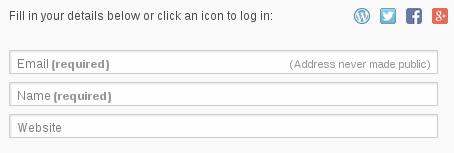Some engineers at Google have put forth a proposal called Web-Environment-Integrity that has the open source community up in arms. The leading criticisms of this proposal are "Google wants to make DRM for websites" and "Google wants to ban ad-blockers." These are catchy headlines intended to capture attention, they're also mostly true. For the people who don't want to wade through the discourse, this post is about what WEI does and where it came from.
This story begins in the previous decade when Google put forth the "Zero Trust framework" as a way to get rid of the corporate VPN. Zero Trust was a suite of techniques to allow companies to do away with the expensive and annoying to maintain VPN. The core concept behind Zero Trust was something I didn't truly understand until a few years ago: Zero Trust adds device attestation (a machine login) in addition to the user attestation when deciding whether to grant access to a resource, which is a more robust security boundary than a separate VPN login.
In a company context, you can reasonably expect the company to own both the server and the machine employees are accessing internal resources from. Zero Trust also enabled servers to specify a minimum security level that clients must meet in order to have access granted, such as up to date browser and OS versions, as well as a valid device identifier. This ends up being a major security win because when an employee has their user credentials phished, an attacker can't immediately use those stolen credentials to do evil things; the attacker will have to somehow gain a device identity as well.
In companies that use VPNs, phishing the user's credential was often enough to allow creating a VPN connection. If that wasn't enough, Phishing the VPN certificates would do the trick. Full Zero Trust makes the attacker's job harder. Again, in a corporate context where the company reasonably owns both the client and server sides of the conversation.
Back to WEI: Web-Environment-Integrity is a proposal to bring a limited form of device attestation to public surfaces. While WEI won't have a device credential, it will have the ability to attest to OS and Browser versions, presence and state of browser plugins, among other things. In theory this allows bank website operators (for example) to ensure people have a browser within three months of latest, are not operating any plugins known to sniff or record keystrokes and clicks, and are not running plugins with known vulnerabilities.
Unlike Zero Trust, the company does not reasonably own the client side of the conversation in a WEI context. This radically changes the power dynamics between public users and private servers. Under current internet rules, both sides mutually distrust each other and slowly establish trust. Under WEI, the server sets a minimum trust boundary that's far higher than is currently possible, which gives server operators far more power in this conversation than before. A Zero Trust like level of power, in fact.
What does Web-Environment-Integrity allow server operators to do?
As it happens, WEI is a clear example of a technique or standard that needs to have a clear and well thought out answer to the question:
What can a well resourced malicious actor do with this framework? How can they use this safety tool to harm people?
Right now, we don't have those answers. The explainer goes into some detail about how to avoid tracking through WEI techniques, but overlooks the thing that has everyone posting "Google wants to ban ad-blockers" headlines. The WEI proposal allows server operators to prohibit the use of specific browser plugins when accessing the site, which gives ad-networks an in-browser way to say "turn off your ad-blocker in order to see this content."
The well resourced malicious actor here is the internet advertising industry, of which Alphabet (Google's parent company) is one of the biggest members. The proposal writers do not view code injection and people-tracking through advertising to be malicious, they see it as a perfectly legitimate way to pay for services.
"But it's not the server operator doing the banning, it's the attestor; and the attestor has no idea what's on the site!"
The WEI standard involves three parties: The browser making the request, the server hosting the site, and the 'attestor' service the server relies on to judge the integrity of the browser making the request. The "Google wants to ban ad-blockers" headline happens when an advertising-driven site uses an attestor service that considers browsers with ad-block plugins to be insecure. Technically it isn't the server making the "no ad-block" constraint, at least at the time of the request. The Server operator made that choice when they selected an attestor service that prohibits ad-block plugins.
This sort of deniability is all over the tech industry.


